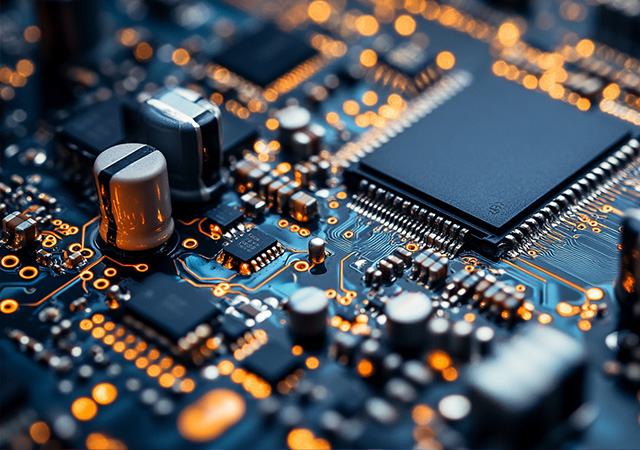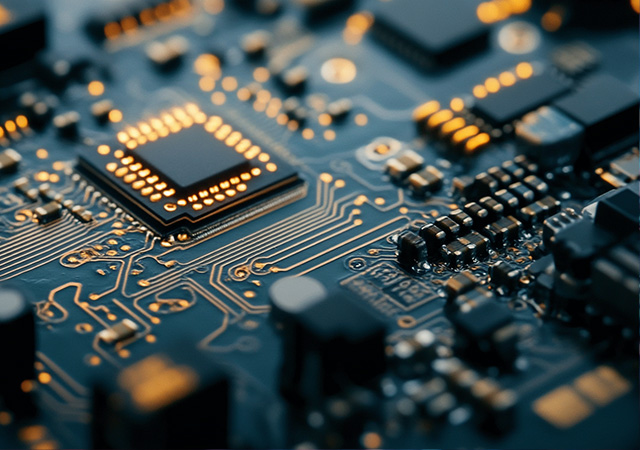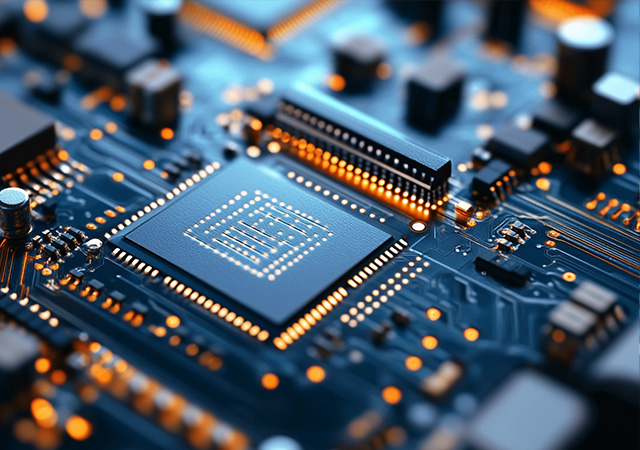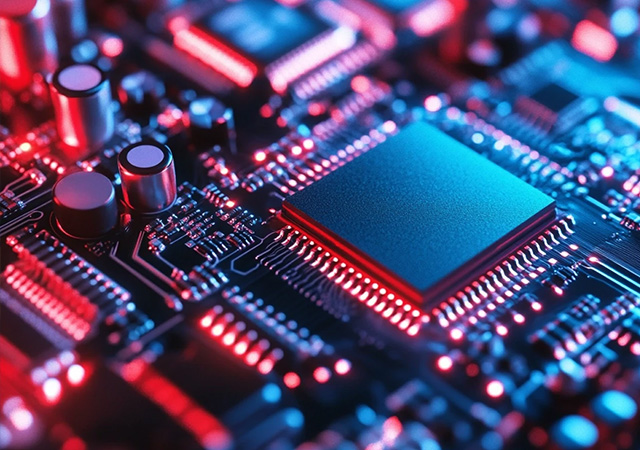-
- PCB TYPE
- PRINTED CIRCUIT BOARD PROTOTYPE ALUMINUM PRINTED CIRCUIT BOARD R&F PCB FPC HIGH FREQUENCY PCB HIGH-TG PCB HEAVY COPPER PCB HDI PCB PCB FOR LIGHTING METAL CORE PCB

A PCB manufacturer is a critical catalyst in the global electronics ecosystem, translating complex circuit designs into functional components that power devices from household appliances to industrial machinery. Unlike regional giants or niche specialists, PCB manufacturers worldwide share a common mandate: to balance precision, scalability, and reliability while adapting to rapid technological shifts. From small-scale prototype producers to multinational enterprises, these manufacturers collectively shape the industry’s trajectory, driving advancements in connectivity, energy efficiency, and miniaturization.In today’s interconnected market, PCB manufacturers must navigate a dynamic landscape—balancing regional demand variations, adhering to diverse regulatory standards, and integrating emerging technologies like AI and sustainable materials. This article explores the global diversity of PCB manufacturers, their evolving capabilities, response to industry disruptions, and the key facto

A China-based PCB giant represents the apex of scale, innovation, and global reach in the printed circuit board industry, accounting for a significant portion of the world’s PCB production and driving technological advancements across electronics sectors. These industrial leaders transcend traditional manufacturing roles, functioning as ecosystem architects that shape supply chains, set technical standards, and enable transformative technologies from 5G networks to renewable energy systems.With decades of industrial development, China’s PCB giants have evolved from contract manufacturers to R&D powerhouses, leveraging massive production capacity, vertical integration, and strategic investments to dominate global markets. Their influence extends beyond production volumes—they dictate material trends, accelerate adoption of advanced manufacturing techniques, and partner with multinational corporations to co-develop next-generation solutions. This article explores the defining traits of t

A leading China-based PCB supplier stands at the intersection of global electronics demand and advanced manufacturing capability, delivering critical circuit board solutions to industries spanning automotive, consumer electronics, renewable energy, and aerospace. Beyond manufacturing, these suppliers act as end-to-end partners, integrating design collaboration, supply chain resilience, and quality assurance to meet the complex needs of international clients. As the world’s largest producer of PCBs, China’s leading suppliers combine scale, technological innovation, and cost efficiency to drive the electronics ecosystem—enabling faster time-to-market, higher performance, and greater reliability for products worldwide.In an era of supply chain volatility and rapid technological change, these suppliers distinguish themselves through their ability to adapt: investing in R&D, expanding global footprint, and adhering to stringent international standards. This article explores the defining cha

China’s PCB manufacturing giants stand at the forefront of the global electronics supply chain, collectively accounting for over half of the world’s printed circuit board production. These industry leaders have evolved from contract manufacturers to innovation hubs, driving advancements in PCB technology, scaling production capabilities, and shaping trends across consumer electronics, automotive, renewable energy, and aerospace sectors. Beyond sheer volume, their influence lies in integrating cutting-edge manufacturing with vertical supply chain control, rapid scalability, and adherence to global quality standards. This article explores the defining characteristics, strategic strengths, and industry impact of the top 10 China PCB manufacturing giants, highlighting their role in enabling global technological progress and setting benchmarks for reliability, efficiency, and innovation.

A PCB manufacturer acts as the backbone of the global electronics supply chain, transforming design concepts into physical circuit boards that power devices across industries—from smartphones and medical equipment to industrial machinery and renewable energy systems. Beyond basic fabrication, modern PCB manufacturers function as strategic partners, integrating design expertise, advanced manufacturing technologies, and quality assurance to meet diverse industry needs. In an era of miniaturization, high-performance electronics, and strict regulations, their role extends beyond production: they enable innovation by bridging engineering design and scalable, reliable manufacturing.Today’s electronics market demands more than generic circuit boards. Manufacturers must adapt to shrinking product lifecycles, evolving material requirements, and complex industry-specific standards. A competent PCB manufacturer distinguishes itself by offering end-to-end support—from design for manufacturability

Got project ready to assembly? Contact us: info@apollopcb.com



We're not around but we still want to hear from you! Leave us a note:

Leave Message to APOLLOPCB
